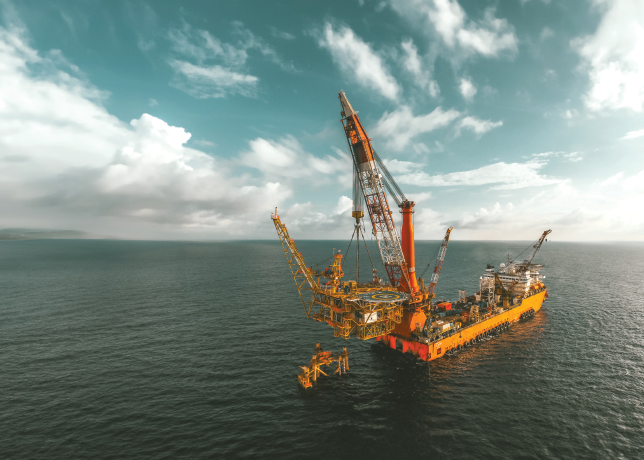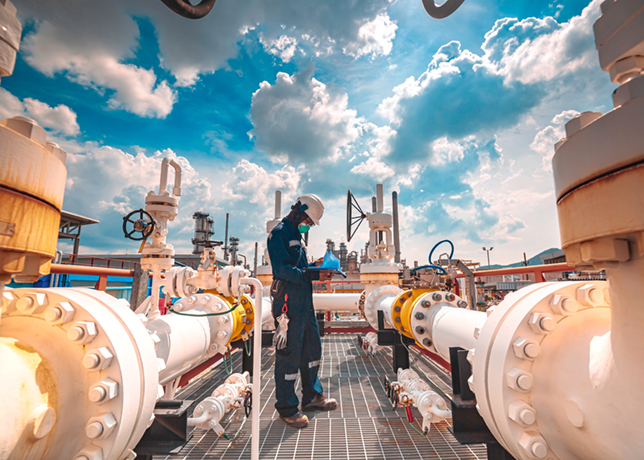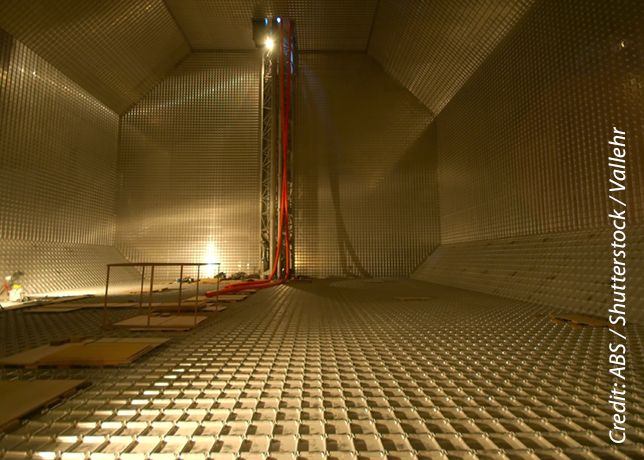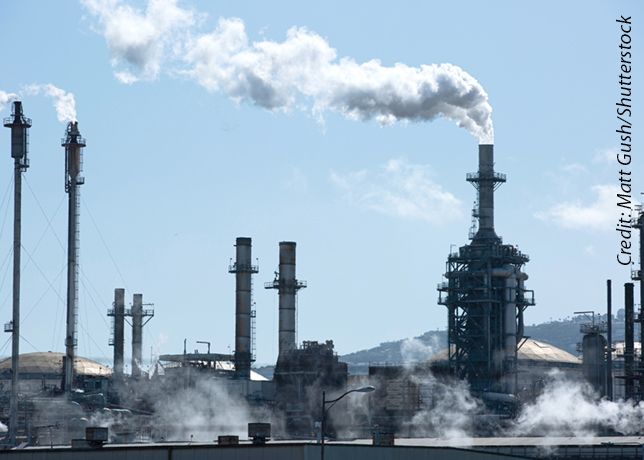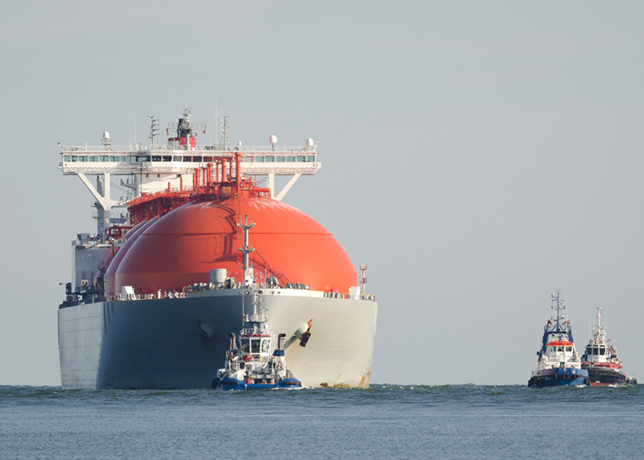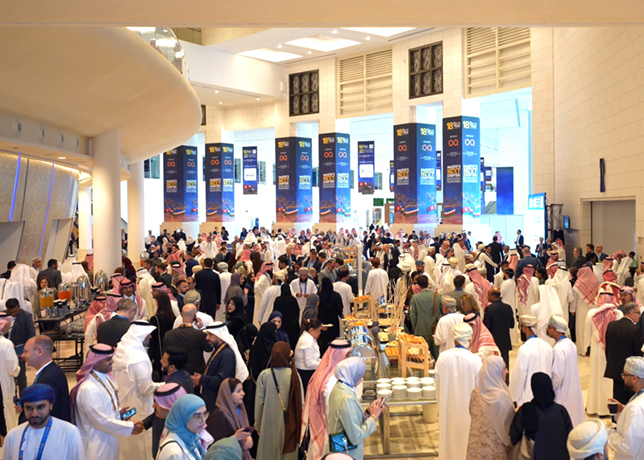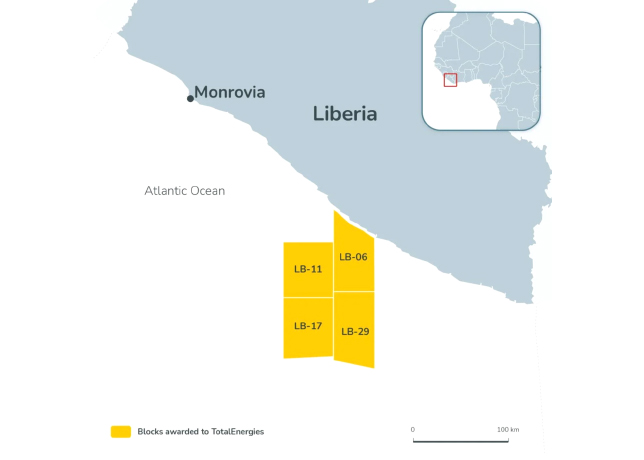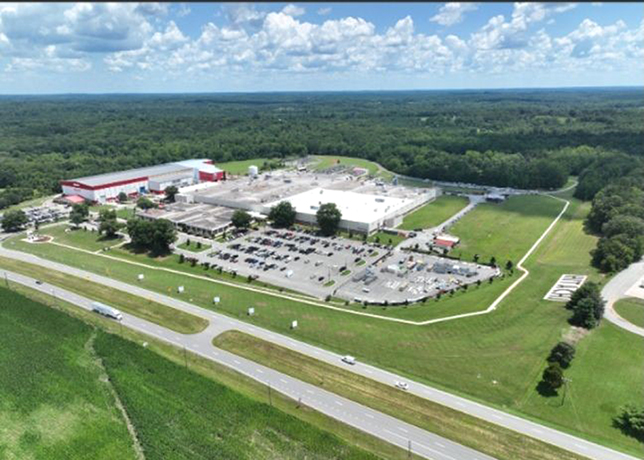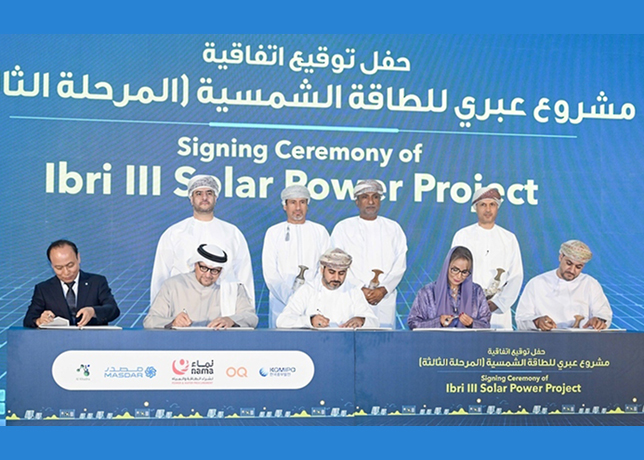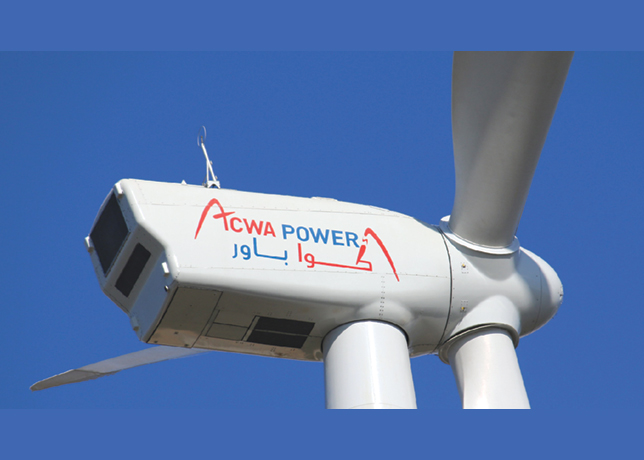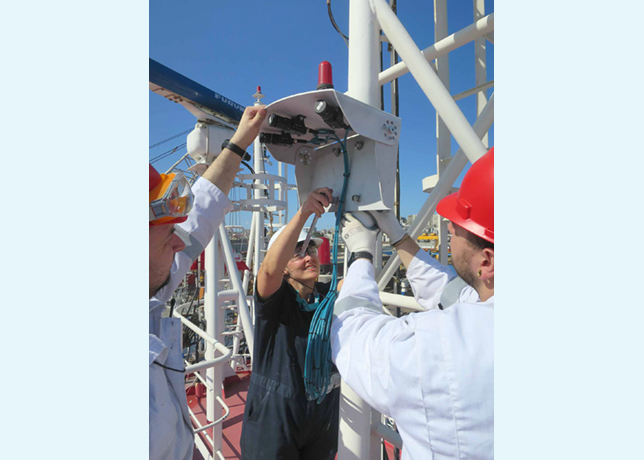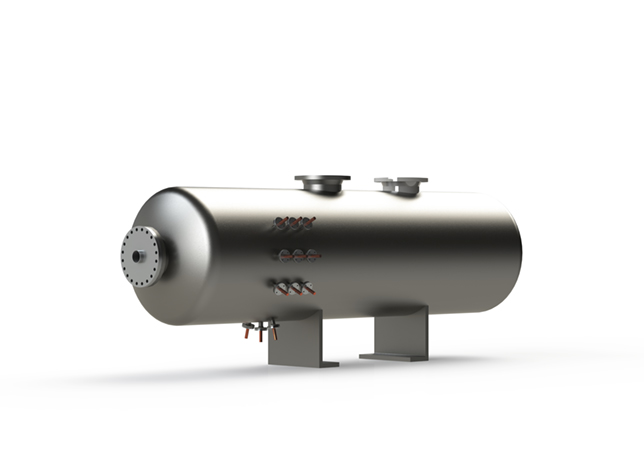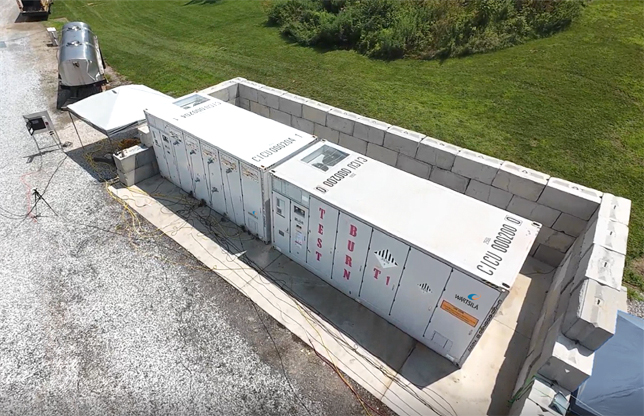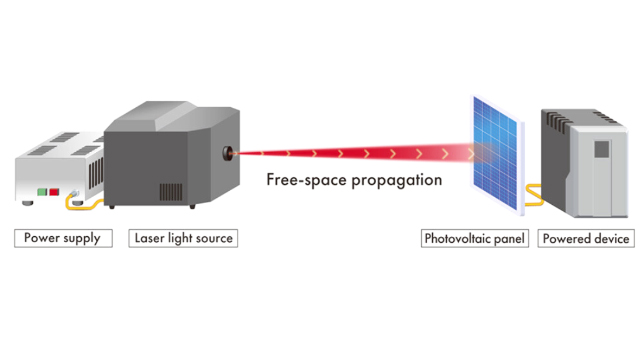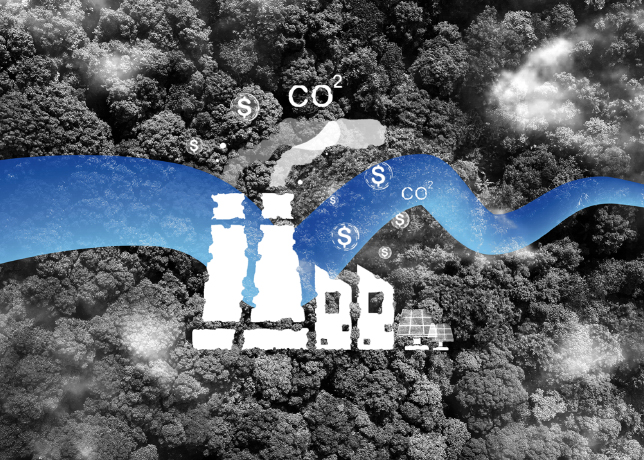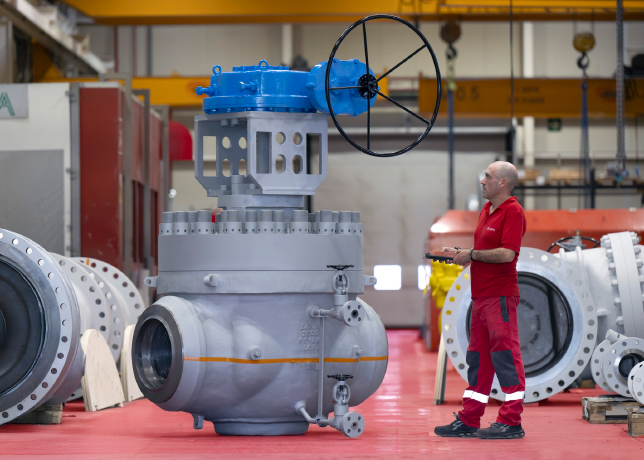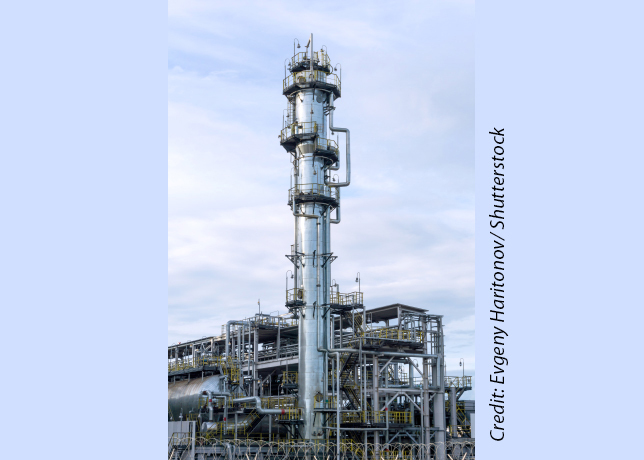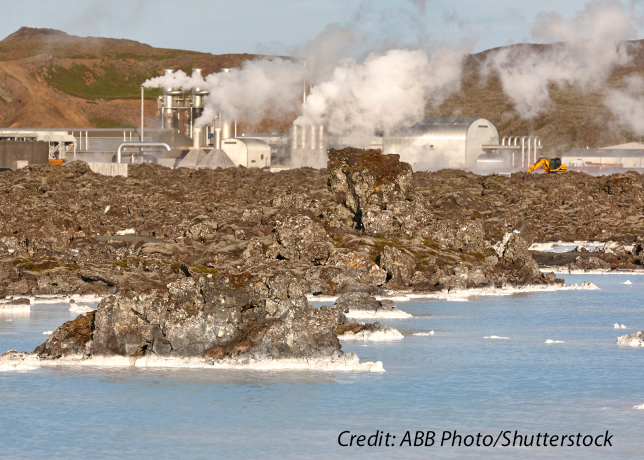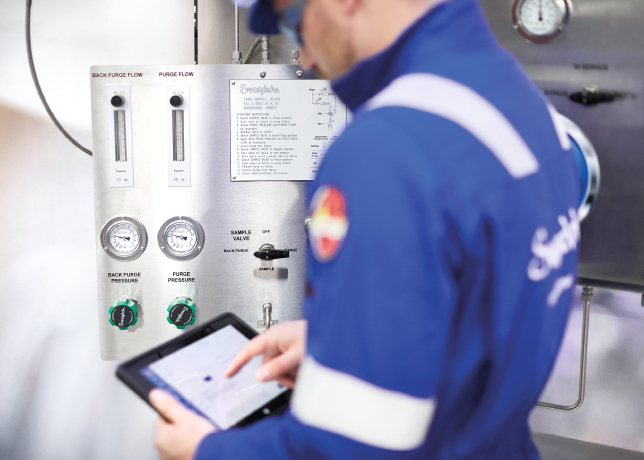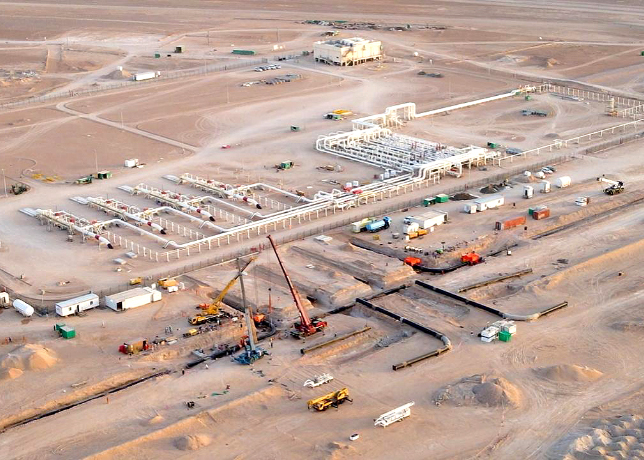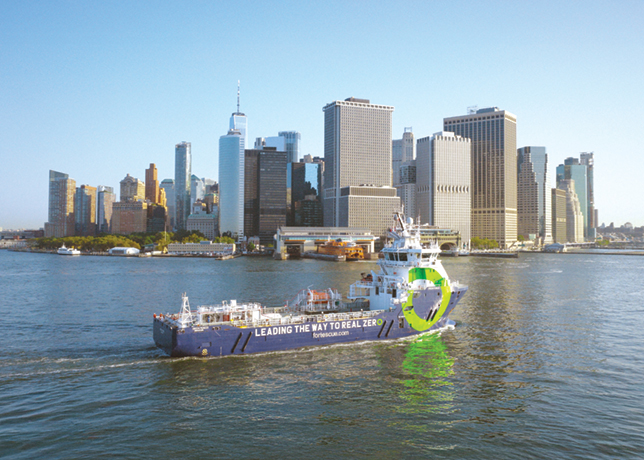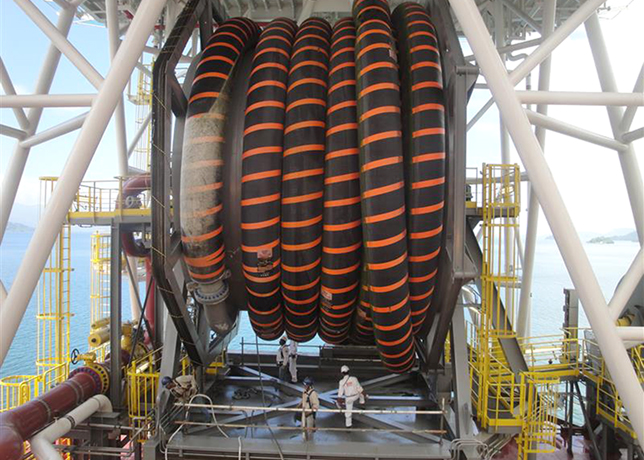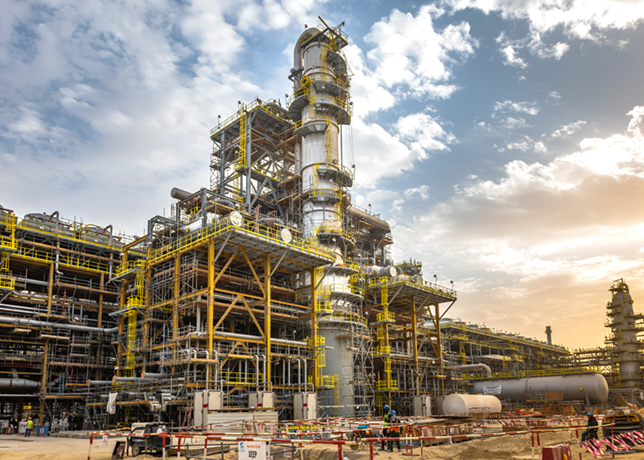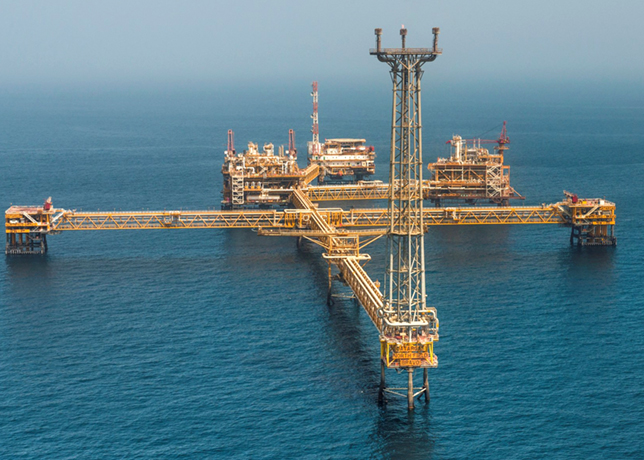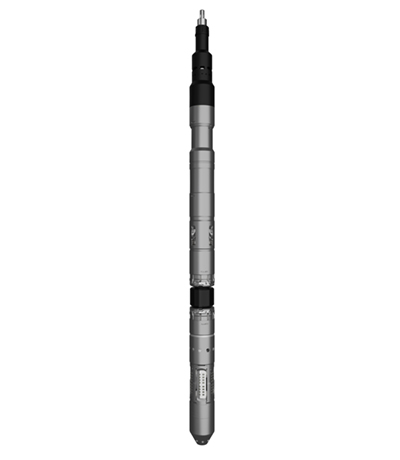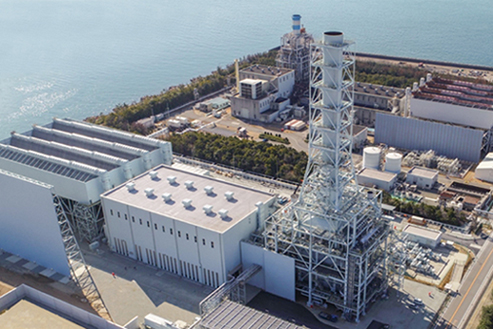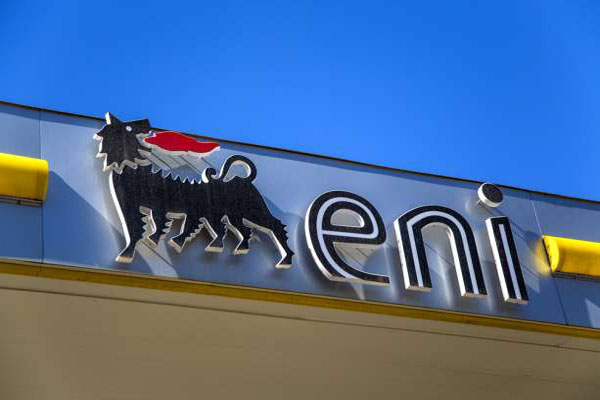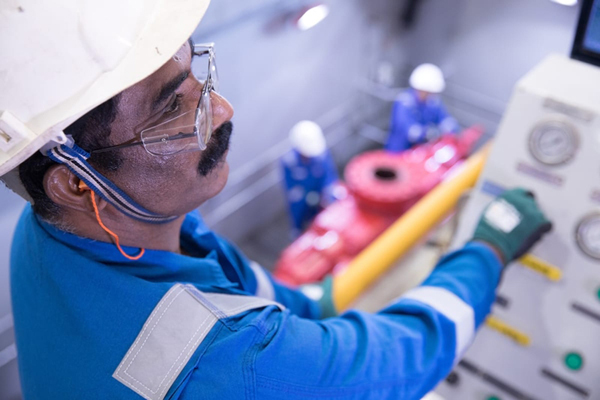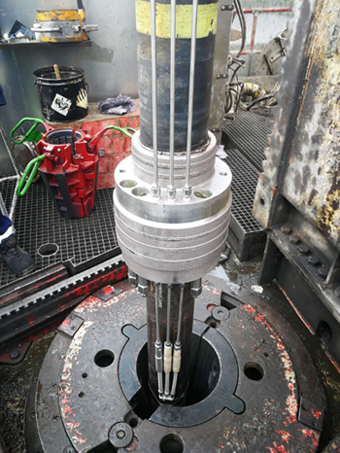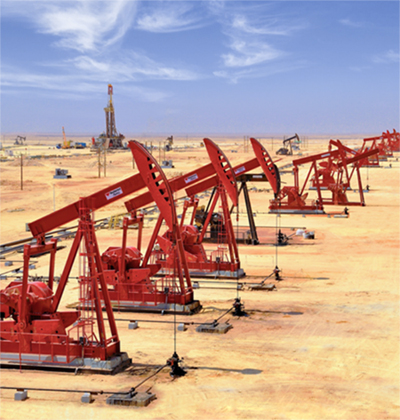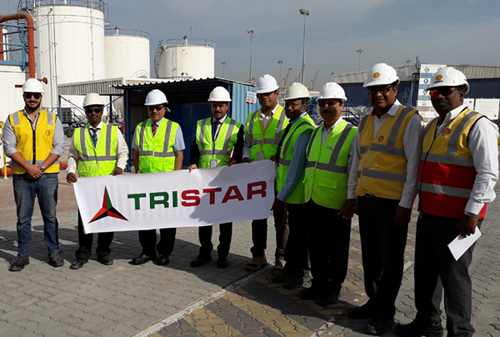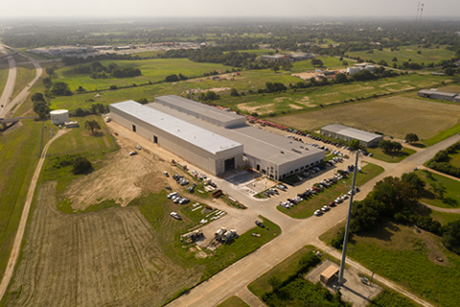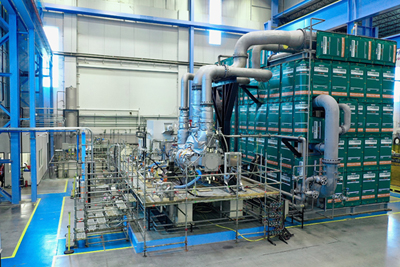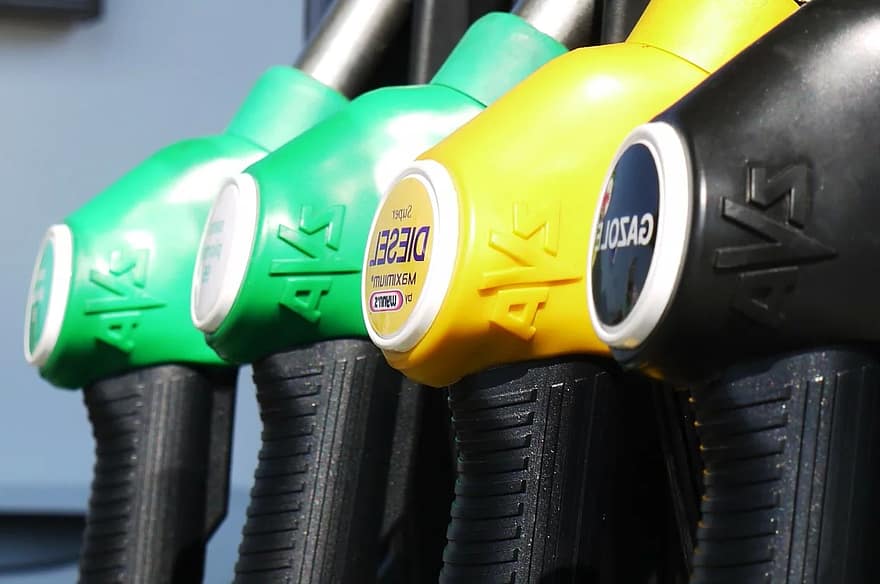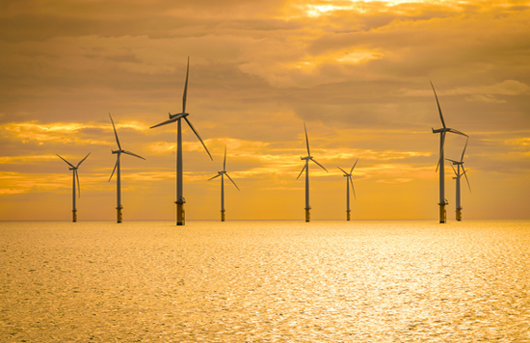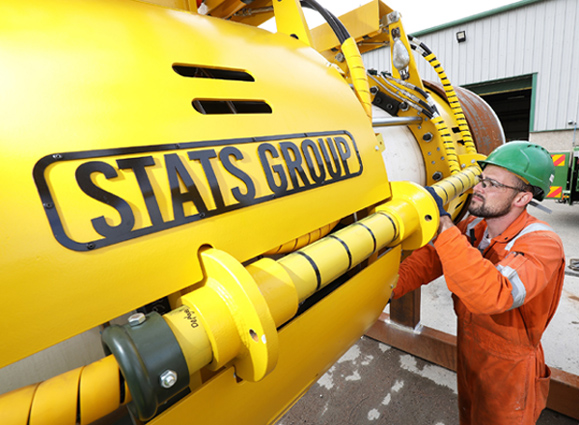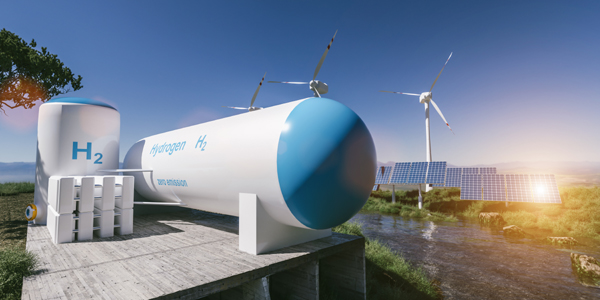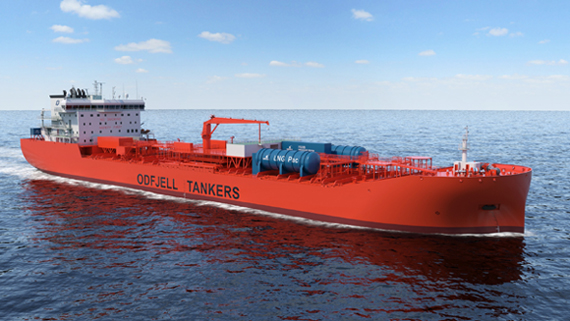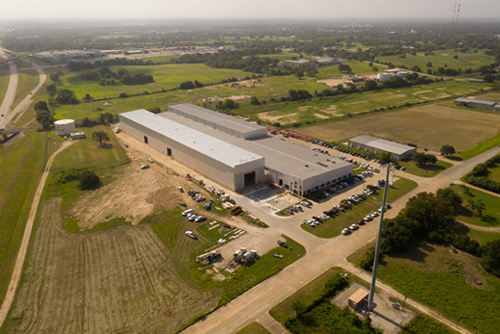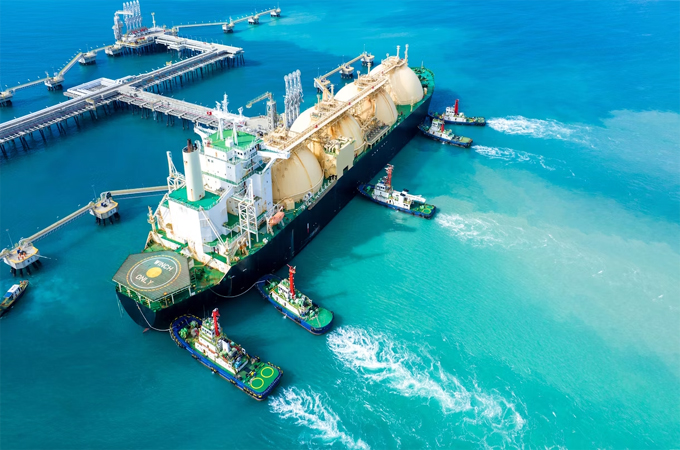
Global gas markets are set to undergo major changes by the end of this decade, with a coming wave of liquefied natural gas (LNG) production capacity set to transform market dynamics, according to the latest edition of the International Energy Agency (IEA) medium-term outlook.
Gas 2025, out today,
offers a comprehensive overview of potential supply, demand and trade trends in
global natural gas markets for the coming years.
It provides a thorough review of recent market
developments ahead of the 2025-26 Northern Hemisphere winter and includes
forecasts for how supply and demand could evolve to 2030.
According to the
report, about 300 billion cubic metres (bcm) per year of LNG export capacity –
a record – is set to be added by 2030, primarily supported by liquefaction
capacity additions in the US and Qatar.
Over 80 bcm of annual
LNG liquefaction capacity has been sanctioned in the US year-to-date, an
all-time high for the US LNG sector.
This unprecedented
worldwide expansion is expected to strengthen global supply security and ease
market pressures following a period of tightness.
Although gas markets
have gradually rebalanced following the supply shock triggered by Russia’s
invasion of Ukraine in 2022, prices have remained well above historical levels.
This has restrained demand, especially in
price-sensitive Asian markets. Growth in global gas demand is forecast to slow
from 2.8 per cent in 2024 to below 1 per cent in 2025.
However, the report
sees the surge in liquefaction capacity translating to a potential net LNG
supply increase of 250 bcm a year by 2030.
Barring unexpected
disruptions, this is forecast to result in lower prices in the years ahead and
spur higher demand.
“The coming LNG wave
is set to offer some respite for global gas markets, which have been tight and
volatile for several years. As new supply comes to market, notably from the US
and Qatar, it should apply downward pressure on prices – offering welcome
relief for gas importers worldwide,” said IEA Director of Energy Markets
and Security Keisuke Sadamori. “But elevated geopolitical tensions and
economic uncertainty mean there is no room for complacency. Global cooperation
remains essential to ensure supply security – especially with rising
electricity consumption set to drive gas demand higher in many regions.”
The report’s base case
sees natural gas demand rising by nearly 1.5 per cent annually between 2024 and
2030, which translates to an increase of 380 bcm in absolute terms.
The Asia Pacific
region would account for half of growth, and the Middle East, where countries
like Saudi Arabia are switching from oil to gas for power systems, would
contribute almost 30 per cent.
In the report’s high
case – which explores how a stronger decline in LNG prices could stimulate
additional demand growth, particularly in the Asia Pacific region – natural gas
use could rise by as much as 1.7 per cent annually to 2030, resulting in more
than 65 bcm per year of additional demand on top of the base case.
At the same time, a
prolonged period of lower LNG prices could reduce the incentive for project
developers to invest in the sector.
This could lead to a
potential tightening of global gas markets after 2030, especially if demand
growth follows a higher trajectory.
As part of a detailed
annual analysis on global supply security, the report also examines recent
contracting trends. It sees the global LNG market becoming increasingly liquid
and flexible, with the share of destination-free contracts accounting for just
over half of total LNG volumes contracted by 2030.
It also features a
special spotlight on the potential to deploy carbon capture technologies along
LNG value chains to reduce the emissions intensity of supply.
Additionally, it includes a section on the medium-term outlook for biomethane, low-emissions hydrogen and e-methane. -OGN/TradeArabia News Service




